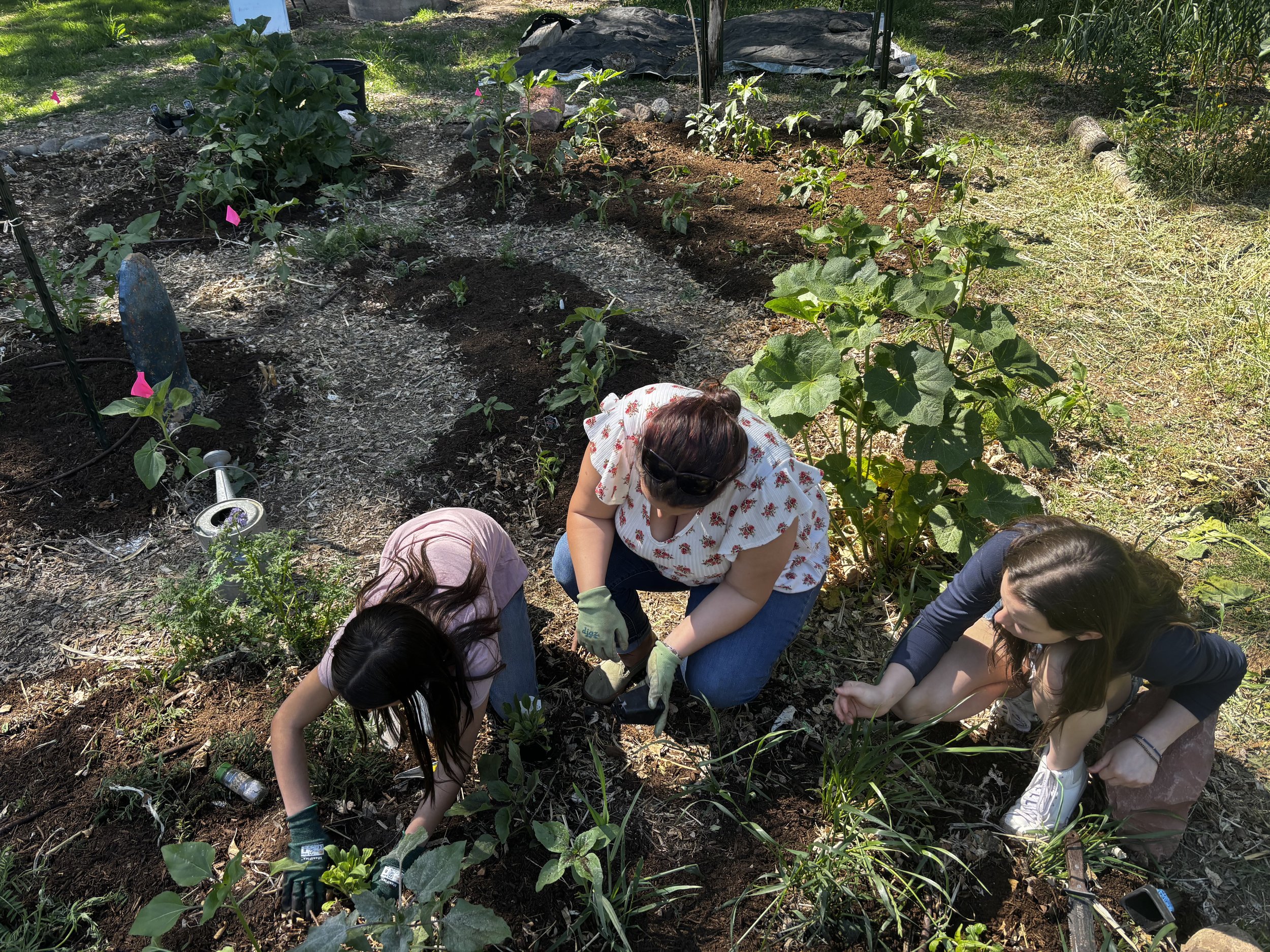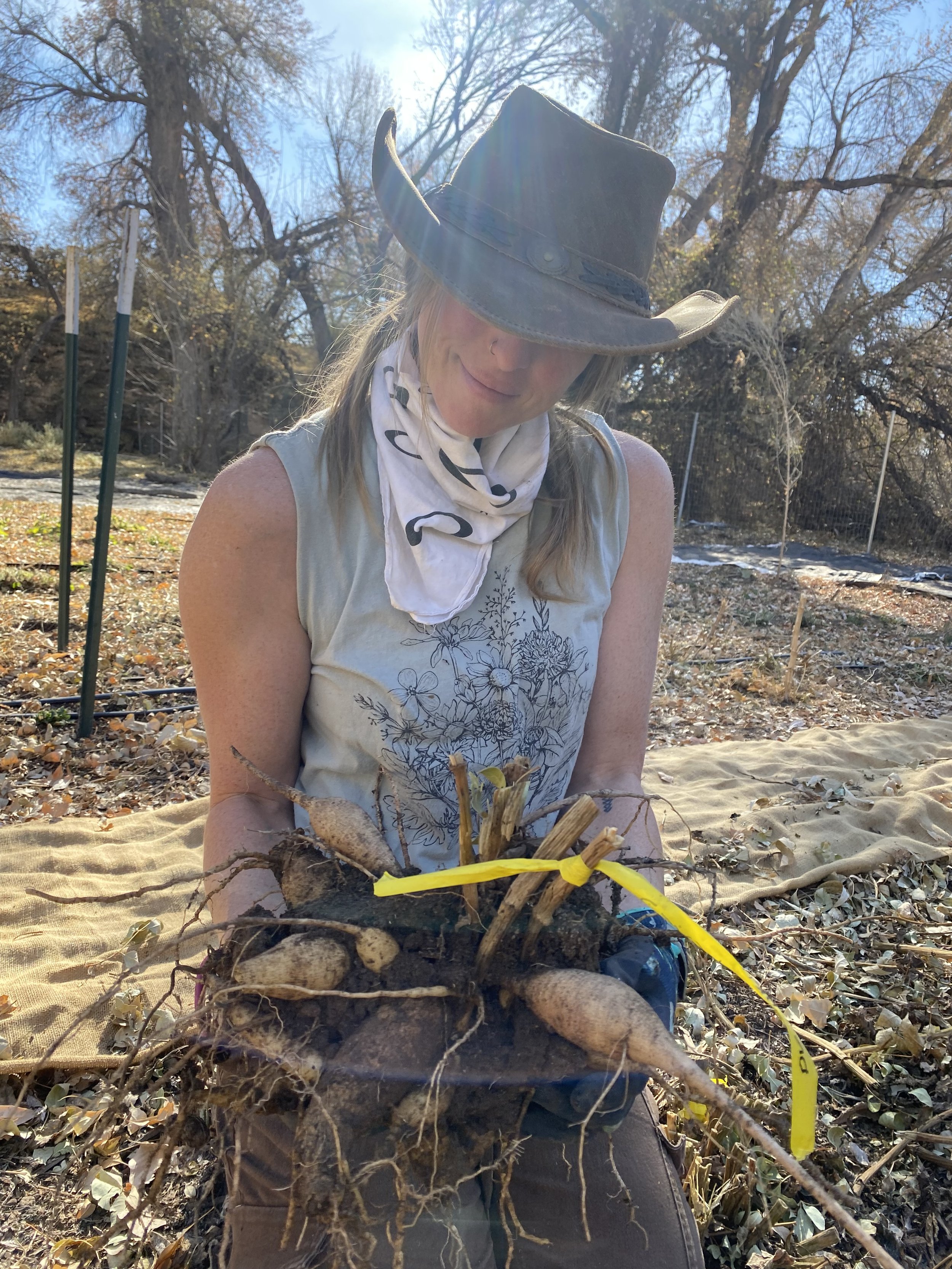
Learn about the seasonal cycles of the farm, meet the flowers and the farmers.

Honoring All the Mothers
Mother’s Day can feel confusing, disorientating and sad to some of us. We wanted to offer some ways to honor and celebrate mothers and take care of yourself.

Spring News from the Mother Garden
In this post I share the process of creating a communal garden, grieving of the loss of my mother, and the intention to raise up the Mother in all forms in a culture that degrades it. Making sacred space is collective work. I invite you to help us celebrate the Mother and feel her nurturing spirit in us. Join us for weekly Friday community garden sessions. Learn about permaculture, native, drought tolerant perennial plants and meet the members of your community in joyful work tending the land.

Help Us Build a Healing Garden in Honor of Mothers
Wild Heart’s mother garden is an opportunity for us all to cultivate what is lasting. Annuals are planted each year and die at the end of the season, whereas perennials live for more than one growing season. They can bloom in spring, summer, fall or even winter.

The New Website is Live!
Whether you’re looking for custom elopement florals for this Spring, rest and retreat experiences with your best pals or super tangible and down to earth garden education you’ll find it all in one place. Here’s what you can expect: captivating imagery, easy to navigate offerings, booking features and a shop.
A website is not only what you see on the screen in front of you, it is the result of so much planning, strategizing and organizing how the user experiences the front end while all of these activities take place on the back end–for literally months! The whole look and feel of the website is new, but many of Wild Heart Farm’s offerings are fresh and new too. It was time to get the professional help needed for this important transition.

Becoming a Backyard Birder: Tips for attracting feathered friends to the winter garden

Sedona, AZ: The Perfect Destination for Your Elopement
When it comes to elopements, the allure of Sedona, Arizona, is unparalleled. The breathtaking red rock formations, serene desert landscapes, and spiritual energy make Sedona an unforgettable setting for couples who want to exchange vows in a meaningful and intimate way.

/tend/
We tend to our gardens. Why not tend to ourselves?

Farm Sabbatical: Time to Rest and Reimagine Wild Heart Farm
Growing native wildflower seeds is one of the transitions that came as a result of Rattlebox's Shmita year.

Revisioning the Wild Heart- Part 2
The Light and Dark side of Running a Purpose-Driven Business - Part 1
What We are Thankful For
Microbial Magic: A no-till approach to regenerating soil life
Meet Antigone and Erin - Earth Artists
Transforming Specialty Cake Baking--One Flower at a Time
Farming in the Floodplain: Lessons in Resilience
Ten Reasons to Join the Wild Heart Farm Flower CSA

Flower Power
Have you ever done something for money that was slightly demoralizing or morally hideous—a job that does not exist in a guidance counselor’s lexicon and never makes it to your resume? My stint selling flowers for Valentine’s Day on a street corner in Las Vegas was filed deep in my personal archives.
RAD REST: Finding Natural Patterns of Rest
